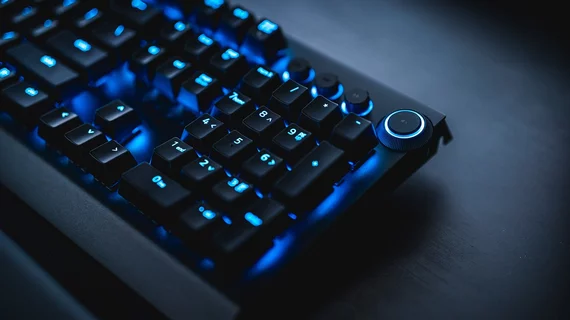How gaming addiction affects brain activity, according to new MRI data
Adolescents who display addictive tendencies toward video gaming have altered function in some regions of the brain, according to new research.
A primary concern of many modern-day parents is how much screen time is too much screen time. Prior research has hinted at links between excessive time playing video games and negative behavioral issues, such as anxiety, aggression, sleep disturbances and defiance, just to name a few. This latest study used functional MR imaging to get to the root of why these behaviors manifest in adolescents’ developing brains.
“To date, neural research into gaming addiction has focused almost entirely on adult populations,” co-author John Foxe, Ph.D., director of the Del Monte Institute for Neuroscience at the University of Rochester, and colleagues explained. “However, adolescents may be particularly vulnerable to addiction due to greater reward-seeking and risk-taking behaviors, which can persist into adulthood. Whether abnormal reward processing is associated with gaming problems in adolescents is less clear.”
Researchers collected data from participants of the Adolescent Brain Cognitive Development (ABCD) Study two, three and four years after their initial visit. At every visit, participants, ages 10 to 15, completed video game addiction questionnaires; at the two-year visit, functional MRI brain scans were conducted while participants completed incentive delay tasks so that the team could monitor activity in parts of the brain responsible for reward processing.
On imaging, participants who displayed more addictive tendencies on questionnaires had lower brain activity in the bilateral caudate—known to be associated with reward processing and decision making—when anticipating a reward during the scan. Higher scores correlated with lower activity and vice versa, indicating that individuals with decreased activity may be more susceptible to gaming addiction.
“The caudate is a fundamental contributor to successful goal-directed action due to its connectivity with higher level cognitive areas, such as the dorsolateral prefrontal cortex,” the group explained. “Lower activation may indicate that the brain's reward system has become less responsive to standard rewards in certain gamers.”
The team added that their findings could represent a starting point in determining how the impact of gaming addiction on the caudate nucleus manifests over time and whether it can be improved with behavior modifications and decreased exposure.
Learn more about the study’s findings here.

